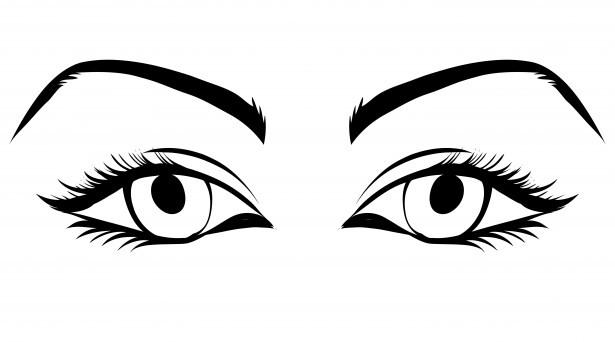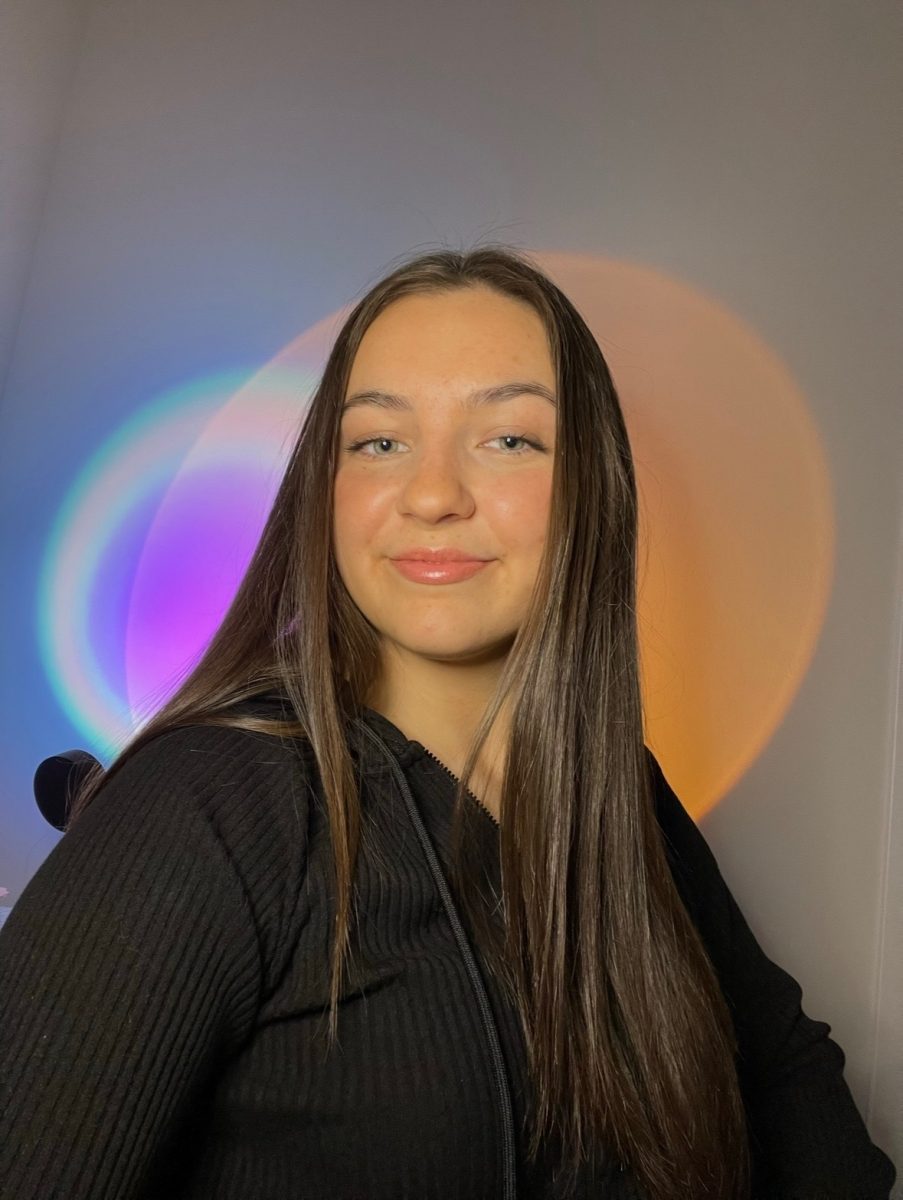For some, TikTok is just a platform to share funny videos or to pass time but for some it has become a toxic environment that exacerbates insecurities. A new phenomenon has begun on TikTok where users will use trends to perform a habit known as body checking.
Body checking is the act of assessing different parts of your body. This could manifest by someone constantly checking their weight or focusing on certain aspects of their body in the mirror.
Several trends are tied to body checking. For instance there is the side profile trend where people, often young women, will show off their side profile. A majority of those who participate in the trends are people with conventional features including a smaller upturned nose and sharp jawline. Some individuals who don’t fit into this beauty standard have begun to participate. However, overall, the trend still encourages people to hyper-focus on their bodies, particularly how they look, in comparison to those they see on the internet.
The trend isn’t only negatively affecting the people who participate in it but also those who see the videos. Comments along the lines of “My side profile looks awful compared to yours” or “I wish I looked like you” are commonplace in the comment sections.
Another trend that promotes body checking is one where people, generally thinner young women, will wear baggy clothes and then pull them tight to their body to show off their figure which was hidden by the large clothes. This, again, promotes and results in similar issues of comparison and feelings of not being good enough. These trends lead women to develop issues with their own bodies and to have a warped sense of self.
While these trends are two clear examples of body checking, there are many other areas of the platform that showcase this mentality in a more discrete way.
Body checking is rampant in fashion TikTok videos. In co-occurrence with new fashion trends, such as the re-emergence of low waisted bottoms which are problematically linked to having a flat stomach, many fashion influencers have taken this as an opportunity to highlight their bodies in an unhealthy way. In these “outfit check” videos users will emphasize their smaller body types by turning to the side to show off their thin waists and flat stomachs.
There’s nothing wrong with having a smaller build with conventionally attractive features and being confident in your body. However, these types of trends can dangerously lead to a person fixating on the influencer’s body rather than the outfit.
Oftentimes these trends can create new insecurities that people would have never thought twice about if they weren’t on the app.
These trends encourage people to compare their looks and physical attributes to someone else’s. This is largely because of the lack of diversity in these trends. Generally, participants are thin and have conventionally attractive cookie cutter features.
Although there are creators who choose to break the norm and participate even though they don’t fit into this box these videos often get less attention. The fact that these videos get fewer views than their counterparts communicates to people that if they don’t conform to a certain ideal they are not good enough. Oftentimes when people who are bigger or have different features do participate in these trends they are bullied in the comments.
Some experts have expressed their concern over the rise of body checking on TikTok. Melissa Wilton, head of communications and engagement at The Butterfly Foundation which supports people with eating disorders, voiced her worry that seeing these trends may lead to user’s body checking more in their personal life. She suggests that people diversify the media they consume by following people of all different body types and muting profiles which are triggering.
For those who do struggle with body checking it’s important to remember that bodies change from day to day. Perceived changes can be caused by several factors such as hormones, dehydration and digestion. Social media can make us think that our bodies are supposed to look one “perfect” way at all times but this simply isn’t true.
This story was written by Kirsten Lyons. She can be reached at kirsten.lyons@marquette.edu.











